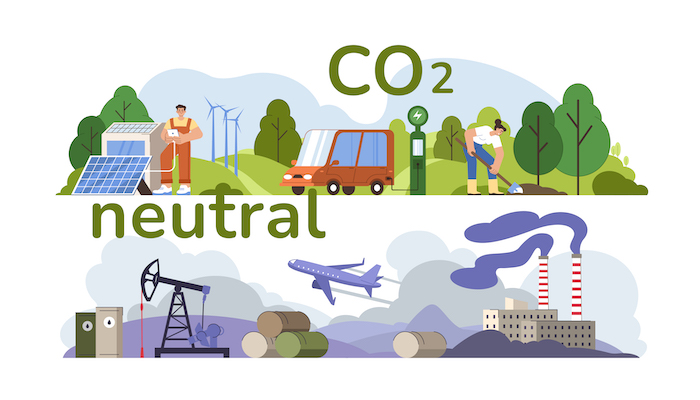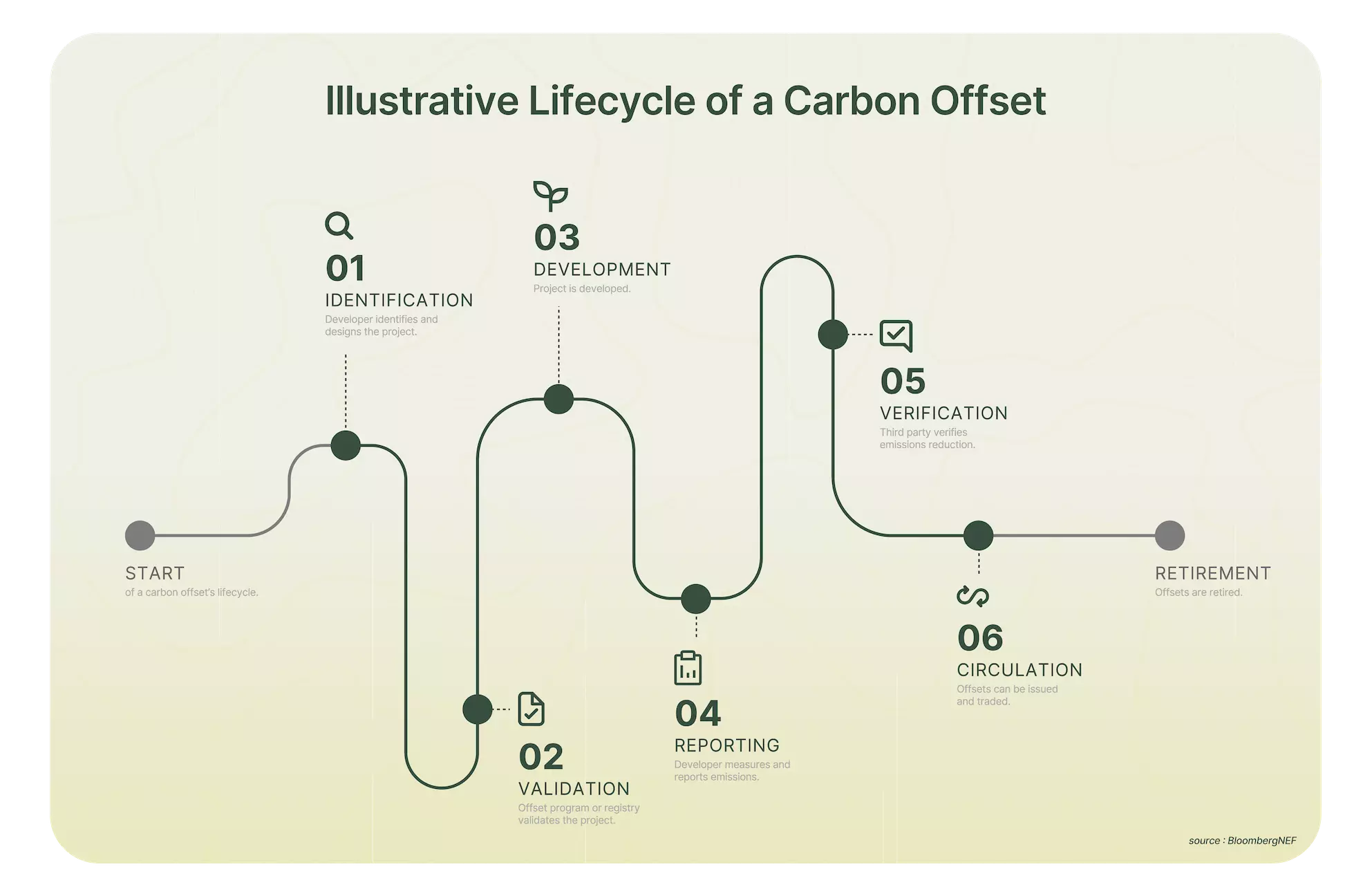What Is Carbon Offsetting?
Others

What is carbon offsetting?
In this era of climate change, carbon offsetting emerges as a market-based solution where companies can play a significant role. By funding activities that has positive impact on increasing carbon sequestration, such as afforestation, or prevent emissions, like renewable energy projects, businesses can contribute to global carbon neutrality goals while maintaining their operations.
Carbon offsetting is the process of compensating for greenhouse gas emissions by funding or implementing projects designed to reduce or sequester an equivalent amount of CO₂ in a designated area. Frameworks are available to ensure the liability of the offsetting process, so industries can not only work to lower emissions at the source but also address unavoidable emissions through certified carbon projects.
How is carbon being offset?
Essentially, we need to prevent carbon accumulation in the Earth's atmosphere that causes climate change. There are two main approaches to achieve this: increasing the number of trees that can sequester carbon from the atmosphere, or using technological advancements to reduce the amount of carbon being emitted into the atmosphere. The first approach is commonly referred to as nature-based carbon projects. Nature-based carbon projects can take place in forests, agricultural systems, and marine ecosystems.
While for the other approach, the non nature-based carbon projects use technology to reduce emissions directly at the source. Examples include renewable energy projects like wind and solar power, as well as waste management solutions such as methane capture from landfills. Carbon capture and storage (CCS) technologies are also another example that captures CO₂ from industrial sources and storing it underground or repurposing it. These initiatives provide scalable, immediate emission reduction solutions that complement nature-based efforts in the fight against climate change.
Lifecycle of a carbon offset
Carbon offsetting through carbon projects typically involves six main stages in its lifecycle:
- Identification
In this stage, potential carbon project areas are identified based on their capacity to reduce emissions or sequester carbon. Project developers assess the feasibility of these projects by analyzing environmental, social, and regulatory factors. A preliminary estimate of carbon savings is conducted to ensure the project’s viability and alignment with different standards, such as Verra’s Verified Carbon Standards (VCS).
- Validation
The project undergoes validation by an independent third-party verifier to ensure it meets the requirements of recognized standards. A detailed project design document (PDD) is developed which contains information like baseline emissions, expected reductions, and monitoring plan. This stage confirms the project’s credibility and potential to generate measurable carbon credits.
- Development
In the development phase, the project is implemented according to the approved design and timeline. Developers work closely with local stakeholders to ensure compliance with environmental and social safeguards. Proper documentation and monitoring systems are established to track the project's progress.
- Reporting
Reporting involves documenting and submitting detailed records of the project’s performance to relevant certification bodies periodically. Accurate data collection and transparent reporting are essential to demonstrate that the project is achieving its intended climate benefit. Regular reporting ensures that all activities are aligned with the approved methodologies and standards.
- Verification
An independent third-party auditor verifies the reported outcomes to confirm that the project has delivered the claimed emissions reductions or removals. Verification involves reviewing monitoring data, project activities, and compliance with the certification standards. This process is crucial for the issuance of carbon credits as it guarantees the integrity of the carbon reductions achieved.
- Circulation
Once verified, carbon credits are issued and circulated in the carbon market, where they can be traded or sold to businesses and individuals seeking to offset their emissions. The circulation stage is crucial to ensure that credits are traceable and transparently recorded. By making credits available, the project can generate revenue, hence supporting further project maintenance and development.

